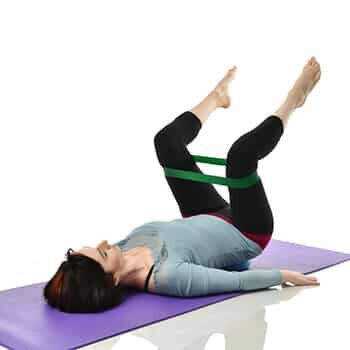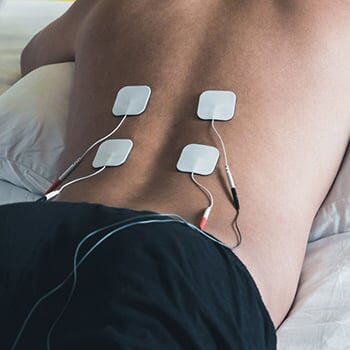
Physiotherapy

What Is Physiotherapy?
The treatment of injury or deformity by physical methods such as heat, stretching, massage or manual therapy and therapeutic exercises are all part of physiotherapy. Our therapists are trained to reduce pain and spasms, increase flexibility, and restore normal body motion. Working under the supervision of our doctors, the therapists can work with specific areas of the body to help restore proper function, and educate the patients on home exercises and stretching.
Physiotherapy is especially helpful in the treatment of injuries sustained in car accidents, work related injuries or sports injuries. Physiotherapy involves a hands-on approach making use of manual therapy, soft tissue release, and positional releases to help restore over all mobility. In our offices our therapists are trained in multiple manual therapy techniques, positional releases, and stretching protocols to help you restore proper pain free motion and increased flexibility. Physical therapy, in conjunction with chiropractic care, will give you the best chance at full recovery.
Physiotherapy Treatments
Massage/ Manual Therapy - Medical massage or manual therapy is designed to increase blood flow, decrease muscle spasms and tightness, increase flexibility, increase range of motion, and decrease pain.
Mobilization - Mobilization requires passive movement of joints through their pain free range of motion. This technique requires cooperation with the patient to give the therapist feedback and to relax and allow the joint to be mobilized. These movements are usually slow and deliberate without any thrusting or quick movements.


Physiotherapy Treatments Ctnd
Therapeutic Exercise - A systematic routine of planned therapeutic movements or activities intended to improve function, prevent impairments, enhance activity, fitness, and well-being. Therapeutic exercise may include aerobic and conditioning; agility training; body mechanics training; breathing exercises; coordination exercises; developmental activities training; muscle lengthening; movement pattern training; range of motion exercises; soft tissue stretching; relaxation exercises; and strength, power, and endurance exercises.
Therapeutic Activities - Therapeutic activities incorporate the use of multiple parameters, such as balance, strength, and range of motion, for a functional activity. Examples include lifting stations, closed kinetic chain activity, hand assembly activity, transfers (chair to bed, lying to sitting, sitting to standing, and throwing, catching, or swinging.
Physiotherapy Treatments Ctnd
Neuromuscular Reeducation - Neuromuscular reeducation helps to rehabilitate movement, balance, coordination, kinesthetic sense, posture, and proprioception, which is our position sense. Neuromuscular re-education is intended to be performed with one- on -one patient contact. Positional releases are also an integral part of this kind of therapy.
Electrotherapy - Electrotherapy is a more recent evolution of energy-based physiotherapy techniques. In this form of treatment, electrical stimulation is provided by attaching electrodes to the skin. The electrodes cause the muscles to shorten, which helps prevent atrophy of the affected muscles. Electrotherapy is especially helpful in patients with paralysis or severely reduced range of motion. Electrotherapy may also be used in conjunction with laser and ultrasound therapy.


Physiotherapy Treatments Ctnd
Cryotherapy and Heat Therapy - Sore, stiff muscles are a common complaint of both people with desk jobs and professional athletes. If a patient complains of muscle tightness anywhere on their body, it may be beneficial to apply heat or cold to the aggravated areas. Heat therapy includes the application of hot packs or even paraffin wax. Cryotherapy may involve applying an ice pack application or even an ice massage.
Kinesio Taping - Most people are probably familiar with the colorful tape that is sometimes seen on athletes both amateur and professional. Kinesio tape can be applied straight to the skin and is a great way to stabilize the muscles while the patient undergoes treatment. Additionally, the flexibility of the tape means that it does not interfere with range of motion exercises, making it a perfect tool to use when stretching and flexing muscles.
Patient Feedback:
3 Steps to Physiotherapy Treatment
2. Get Adjusted
Based on your circumstances, a specific treatment plan will be implemented to correct your spine.
